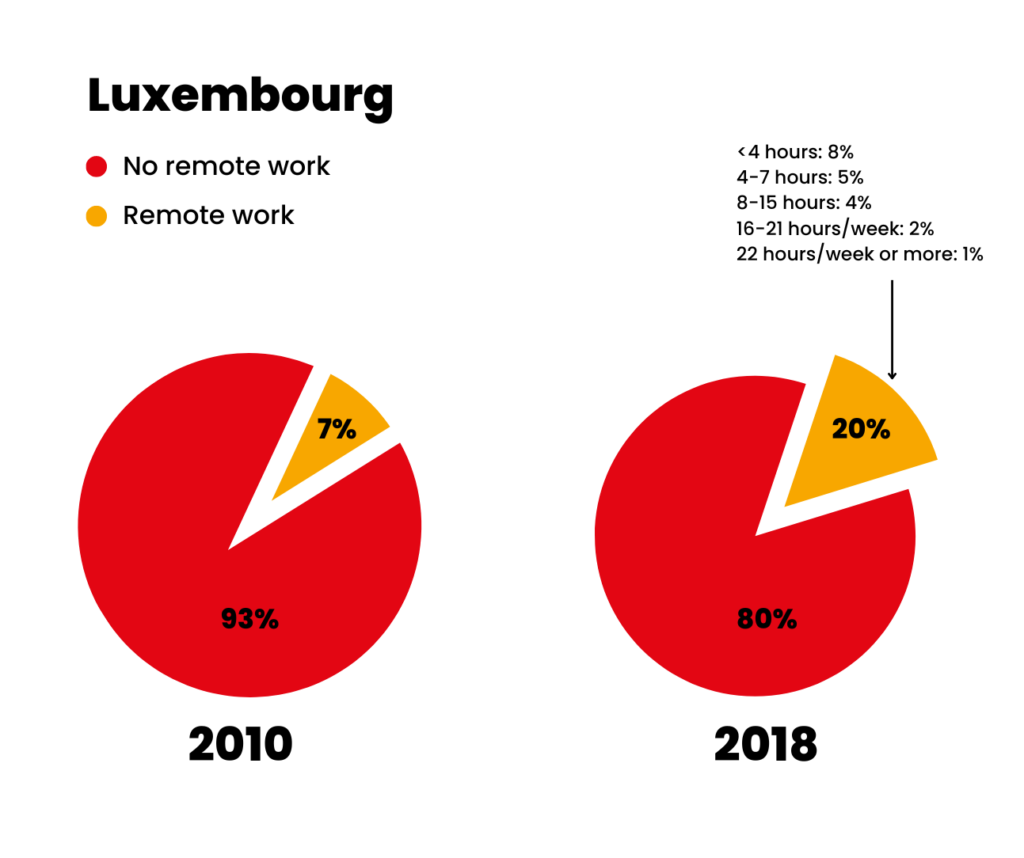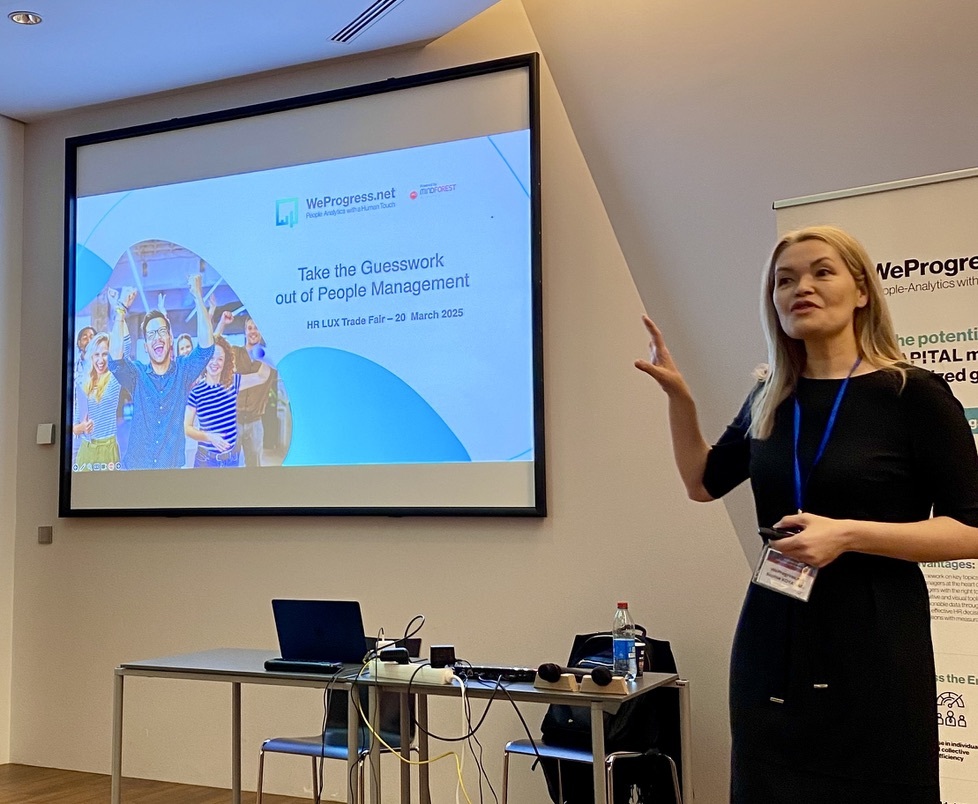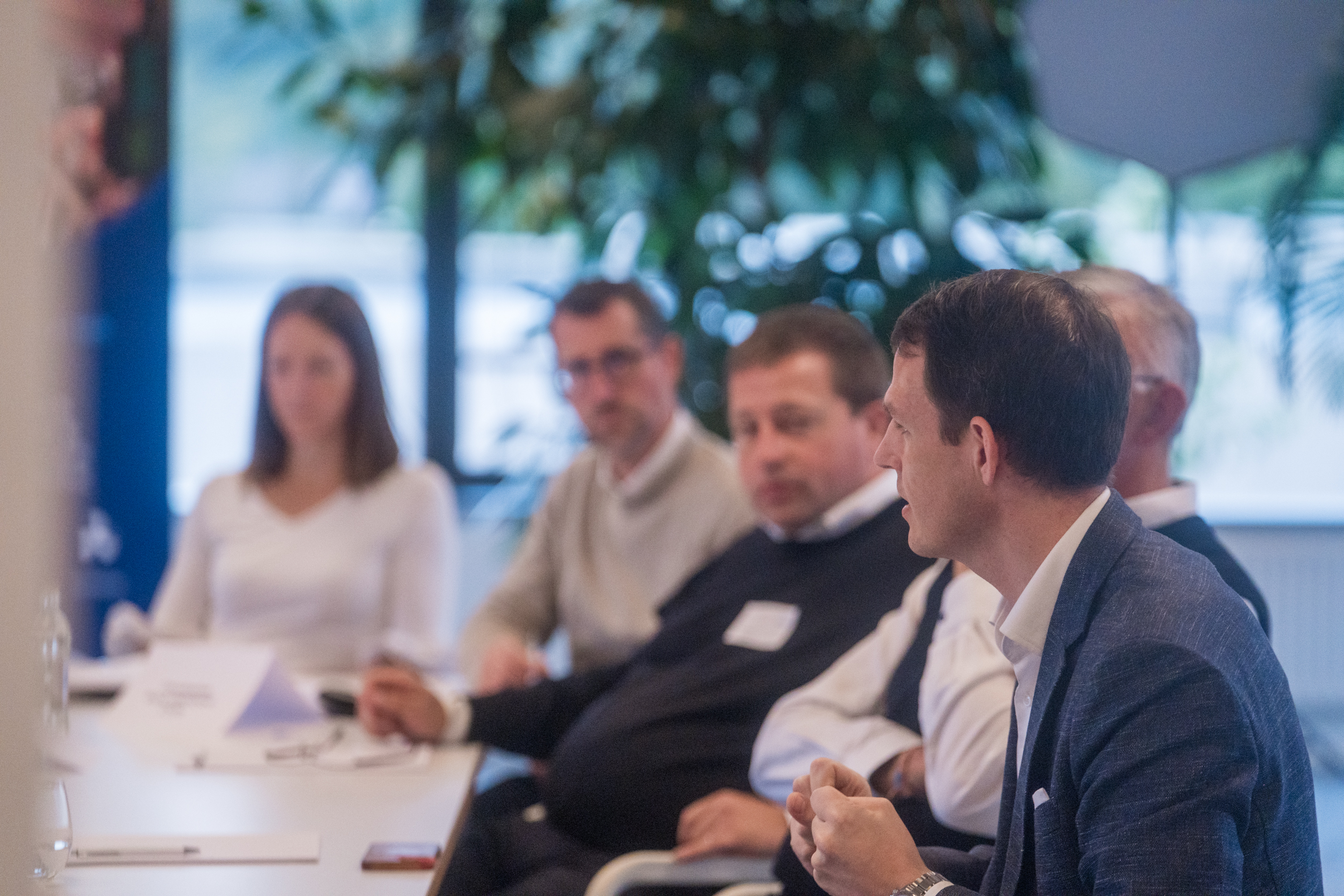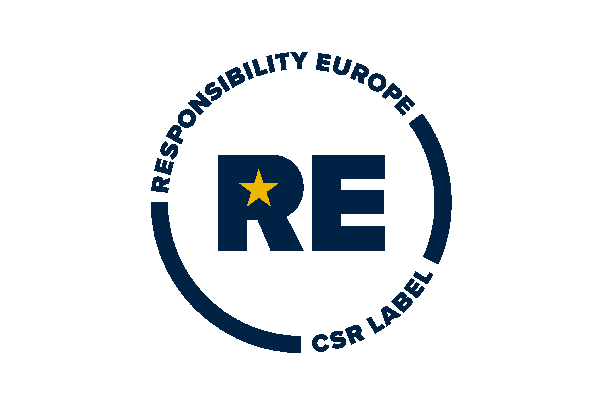Working Remotely? How to Navigate towards Increased Engagement!
Were you wondering why there has been all this recent buzz about engagement? Looking at studies from 2017, Gallup found that…
in Luxembourg approximately 80% of the respondents felt disengaged in their work and in addition 12% felt actively disengaged – and Luxembourg is among the countries that had better figures than most!
This means that a lot of companies have to deal with disengaged and actively disengaged employees, who do not perform to their best ability, all of which inevitably has a direct impact on their productivity levels. In the case of Germany, Gallup estimated the loss in productivity due to actively disengaged employees at between €73 billion and €95 billion per year[1]. This explains why it has become so crucial for companies to consider engagement and to ask themselves how they can turn things around and motivate their employees.
As a company specialized in change management for almost 20 years, MindForest has worked with a variety of companies and has regularly experienced the way they struggle to come to terms with employee engagement. For this reason, MindForest has decided to develop its own methodology called “Engagement & Performance” to help companies develop and sustain their employees’ engagement. The methodology is based on a compilation of different engagement theories whilst also taking its own experience into consideration. More specifically, the methodology comprises a first analysis of nine key drivers for engagement and detects where there may be a deficiency. In this way, MindForest helps to identify the root causes of the identified deficiencies and can subsequently propose an action plan that is suited to the company’s current situation.
In parallel, another trend that has been on the rise for the last decade concerns remote working. Innovation in information and communication technologies has facilitated access to this type of working model. Nevertheless, remote working can take different forms which can range from a couple of hours a week to full time, depending on the corporate culture and strategy. STATEC analysed the situation in Luxembourg and issued the following statistics[2]:

When can one talk about remote working? STATEC considered three principle elements[2]:
- The use of information and communication technologies,
- Working outside of the physical office,
- The regularity of this mode of working.
Remote working as a new model will require managers to review their processes and habits in order to be able to maintain their employees’ engagement levels and to try to turn their disengaged employees into engaged ones.
What are the impacts of remote working?
It is important to understand that remote working also has a significant impact on employees and their (current work) routines, although depending on how it is managed and implemented it can also represent a huge opportunity for organisations. Nevertheless, companies should be aware of the challenges that managers might have to face and the need to take some precautions, as there is mostly a flipside to each opportunity.
For example while remote working can create an opportunity to increase work-life balance this can be a challenge to others, who tend to overwork and do not set regular workhours to the detriment of their free time.
Furthermore, while some people tend to feel more autonomous when working from home, being able to concentrate better and plan their own day, others become anxious about no longer exercising direct control and start micro-managing.
Some aspects of remote working are summarized below:
- Work-life balance
- Travel time reduction
- Working time flexibility
- Increased autonomy
- Stress reduction
- Cost reduction
- Decrease in a sense of belonging
- Communication issues
- Overworking
- Micromanagement
What can managers do to keep their employees energy levels up and to ensure they are motivated and connected?
For MindForest, managers are key drivers to ensure that their employees remain motivated and engaged even if they are working remotely. We are all engaged at work for different reasons, which is why there is no magic formula or set of rules that fits all. However, managers can keep a check on some critical aspects and without too much effort, they can ensure that the process works smoothly.
In this context, MindForest proposes eight golden rules to implement in order to help to engage remote working employees:
The digitalisation of the workplace will challenge companies in various ways among which the question of employee’s engagement will figure significantly. It will require them to adopt new approaches and find innovative ways to keep their employees engaged. It is now time now for companies to collaborate with their employees to develop their workplace of the future together and thus to make sure that this will help to develop their sense of belonging and engagement.
Let us help you!
WANT TO RECEIVE OUR LATEST THOUGHT LEADERSHIP CONTENT?
Related posts
 Take the Guesswork out of People Management
Take the Guesswork out of People Management
 From processes to people: achieving quality
From processes to people: achieving quality
 Daring to lead Positive Transformation: What if Positive Emotional Capital was your key to sustainable change?
Daring to lead Positive Transformation: What if Positive Emotional Capital was your key to sustainable change?
 Why hire Change management professionals? We can do it alone!
Why hire Change management professionals? We can do it alone!
 Digital Transformation and Change Management: Lessons shared in an event hosted by Cebi and MindForest
Digital Transformation and Change Management: Lessons shared in an event hosted by Cebi and MindForest



